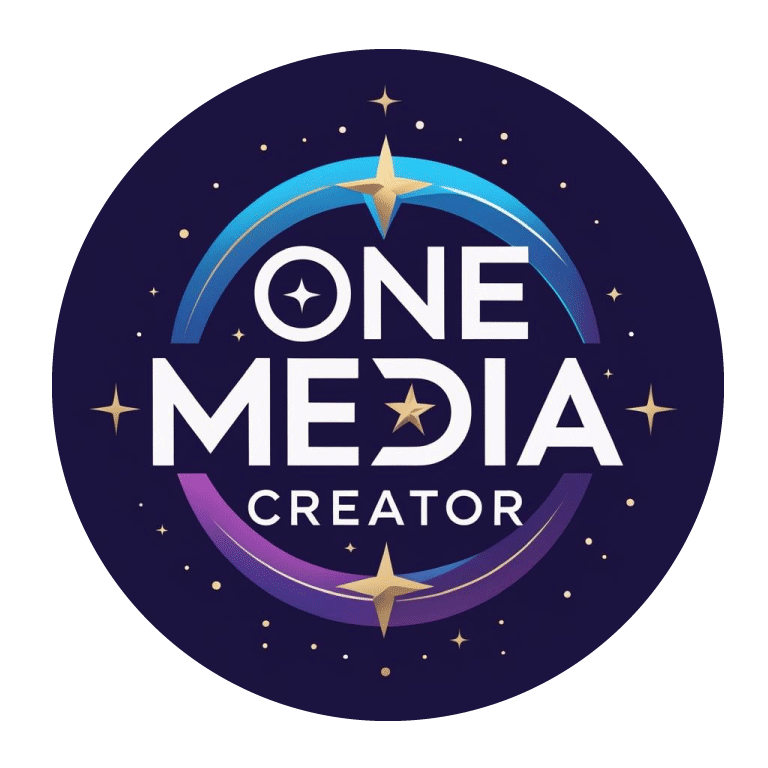Step-by-Step Guide: Launch Your Brand’s First Website…
Step-by-Step Guide: Launch Your Brand’s First Website Successfully
In today’s hyper-connected world, an online presence isn’t just an advantage—it’s a necessity. For a brand, launching its first website is a monumental step, marking the official entry into the digital marketplace. It’s where potential customers discover your story, explore your offerings, and ultimately decide to engage with your business. Yet, for many entrepreneurs and small business owners, the thought of building a website from scratch can feel overwhelming, fraught with technical jargon, design dilemmas, and SEO mysteries.
Did you know that 81% of consumers research products and services online before making a purchase? Without a professional, functional website, your brand is effectively invisible to this vast majority. This comprehensive guide is designed to demystify the process, providing a clear, actionable roadmap to successfully launch your brand’s first website. We’ll break down every critical phase, from initial strategic planning and foundational setup to compelling content creation, rigorous pre-launch testing, and crucial post-launch strategies. By the end of this article, you’ll possess the knowledge and confidence to navigate the journey, ensuring your website not only goes live but thrives, becoming a powerful asset for your brand’s growth. Ready to transform your online presence?
Phase 1: Strategic Planning and Foundation Building
Every successful endeavor begins with a solid plan. Before a single line of code is written or a design element considered, it’s crucial to lay a strong strategic foundation for your website. This initial phase ensures that your website is purpose-driven, resonates with your target audience, and aligns perfectly with your brand’s overall objectives.
Defining Your Website’s Purpose and Goals
Before diving into design or content, ask yourself: “Why are we building this website?” The answer will dictate every subsequent decision. Is your primary goal to generate leads, sell products directly (e-commerce), provide information, build a community, or establish thought leadership? A website can serve multiple purposes, but identifying the main objective is paramount.
Once the purpose is clear, define specific, measurable, achievable, relevant, and time-bound (SMART) goals. For instance, instead of “get more traffic,” aim for “increase organic search traffic by 25% within six months” or “achieve a 5% conversion rate for product sales within the first quarter.” These quantifiable goals provide a benchmark for success and guide your content and design strategies. Understanding your target audience—their demographics, pain points, and online behavior—is equally vital. This insight allows you to tailor your website’s messaging, design, and user experience to truly connect with those you aim to serve.
Conducting Competitor Analysis and Market Research
No brand exists in a vacuum. A thorough competitor analysis helps you understand the digital landscape you’re entering. Investigate what successful competitors are doing well on their websites: their design aesthetics, content strategies, user experience, and even their SEO performance. Identify their strengths and weaknesses.
This research isn’t about imitation; it’s about identifying gaps in the market, understanding industry best practices, and discovering opportunities to differentiate your brand. What unique value can your website offer that competitors don’t? What pain points are they missing? This analysis provides invaluable insights that can shape your unique selling proposition and inform your website’s feature set and content strategy.
Choosing Your Domain Name and Web Hosting
Your domain name is your brand’s address on the internet, and web hosting is the land it resides on. Choosing both wisely is critical for your website’s identity and performance.
- Domain Name Selection: Aim for something brandable, memorable, easy to spell, and relatively short. It should ideally reflect your brand name or primary offering. While .com remains the most popular and trusted top-level domain (TLD), consider other relevant options like .org, .net, or even industry-specific TLDs if appropriate. Check for availability across social media platforms simultaneously to ensure brand consistency. For more in-depth guidance, consider reading our article on Choosing the Right Domain Name for Your Business.
- Web Hosting: This service stores your website’s files and makes them accessible to users worldwide. Common types include shared hosting (cost-effective for beginners), VPS (Virtual Private Server) hosting (more resources and control), dedicated hosting (maximum performance and control for large sites), and cloud hosting (scalable and flexible). Factors to consider include reliability (uptime guarantee), speed, customer support, scalability, and security features. Choose a reputable provider that aligns with your budget and anticipated traffic levels.
Ready to secure your digital address? Research your preferred domain and hosting provider today.
Selecting Your Website Platform (CMS)
The Content Management System (CMS) is the software you’ll use to build, manage, and modify your website’s content without needing extensive coding knowledge. The right CMS empowers you to control your online presence effectively.
- WordPress: Powers over 40% of all websites. Highly flexible, scalable, and customizable with a vast ecosystem of themes and plugins. Ideal for blogs, business sites, and e-commerce (with WooCommerce). Requires some learning but offers immense control.
- Shopify: A leading e-commerce platform designed specifically for online stores. User-friendly, secure, and comes with integrated payment processing and shipping tools. Best for brands focused purely on selling products.
![]()
